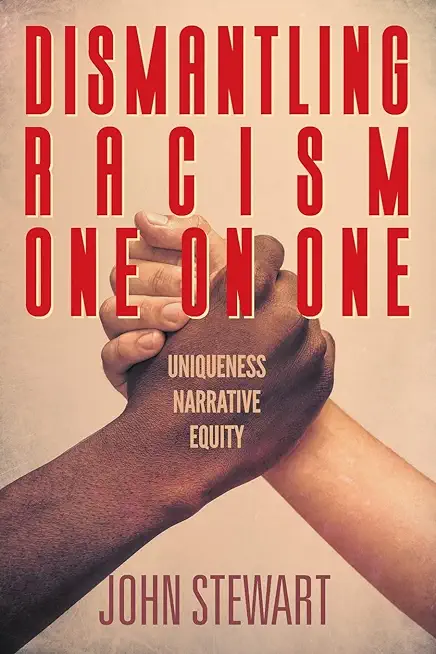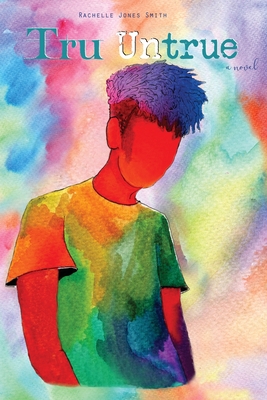
description
9Three true stories of interracial conflict show how interpersonal racism can be dismantled when conversational partners co-construct uniquenesses, a powerful process everyone can do.
- A stressful conversation between Isabel and the plumber was transformed from racist abuse to "momentarily family."
- Ronald and Jennifer progressed from "violent Black rapist" and "lying white bitch" to friends, co-authors, and collaborating social justice advocates.
- After Robin owned up to her white privilege, Angela comfortably connected with her as a colleague.
member goods
No member items were found under this heading.
Return Policy
All sales are final
Shipping
No special shipping considerations available.
Shipping fees determined at checkout.







